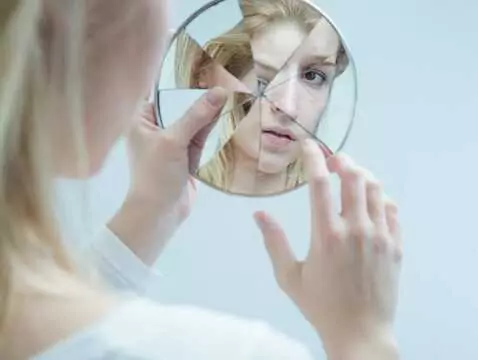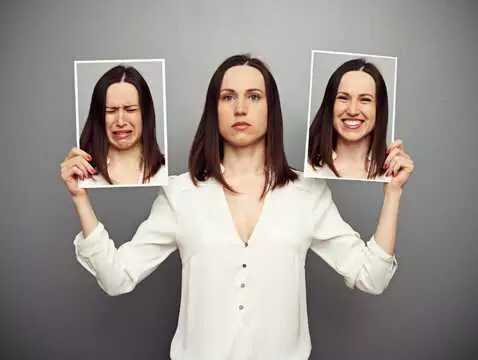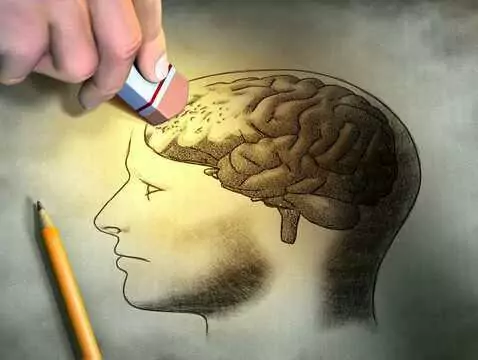Seasonal affective disorder is a flagship psychiatric disorder in which the involvement of biological rhythms is emphasised. For the most part, SZA takes the form of bipolar affective disorder type II.
Other psychiatric disorders associated with biological rhythms
Sleep disorders are simply related to circadian rhythms of sleep and wakefulness. Chronic sleep disorders (i.e. lasting longer than a month) are a major problem especially in the elderly population. More than half of the population over the age of 65 suffers from this condition, resulting in the overuse of sleep aids with their low efficacy in this age group.
Research has shown that treating sleep disorders with light especially in the elderly population prolongs the duration of nocturnal sleep and increases its efficiency.
Human urges are linked to biological rhythms. The existence of such a relationship is postulated in the case of appetite disorders, i.e. bulimia and anorexia. Disorders of the serotonergic transmission system play an important role in the pathogenesis of bulimia.
Premenstrual syndrome and premenstrual dysphoric disorder are examples of disorders associated with both disturbances in biological rhythms and dysfunction in the serotonergic system.
Also of interest are reports of the efficacy of light treatment in motor restlessness occurring in dementia syndrome. Characteristically, this restlessness occurs at dusk (sundowning) and appears to be related to diurnal rhythms.
Phototherapy
Phototherapy or light treatment was introduced by N.E. Rosenthal in 1984 for the treatment of SZA. The efficacy of light therapy in SZA has been confirmed in almost all studies conducted to date. Light therapy also appears to be effective as an adjunctive treatment for non-seasonal affective disorders and short-term, recurrent depressive disorders.
The principle of this treatment is to resynchronise the human biological clock. Light acting indirectly on the CNS stimulates relaying in the serotonergic system. Photons can exert an antidepressant effect by irritating the photoreceptors (i.e. rods and cones) of the retina. The stimulus originating from the retina running through the optic nerve stimulates the nucleus accumbens, which, as mentioned, is the central transmitter of biological rhythms in humans. The nucleus accumbens is connected via multinuclear connections to the pineal gland. The melatonin it secretes is responsible for the drowsiness and lowering of body temperature that occur as dusk approaches. The serum melatonin concentration is highest at night and usually decreases around 6 o'clock in the morning.
However, results from studies in the blind population indicate that there are light-sensitive cells other than rods and cones in the retina responsible for synchronising the biological clock.
Light treatment is effective in a broad spectrum of disorders:
1. Proven efficacy:
- seasonal affective disorder;
- short-term, recurrent depressive disorders;
- bipolar affective disorder;
- atypical depression;
- sleep disorders, especially in older age;
- bulimia;
- sundowning;
- jet lag;
- sleep disorders associated with shift work.
2. Likely efficacy:
- premenstrual syndrome;
- premenstrual dysphoric disorder;
- sexual dysfunction;
- anxiety disorders;
- faster recovery of psychiatric patients.
The effectiveness of light treatment depends on the duration of light exposure and the intensity of the light. This means that the higher the intensity of light used, the shorter the sessions can be. For example, at an intensity of 2 500 lux a phototherapy session lasts two hours and at an intensity of 10 000 lux a half-hour session is sufficient. During treatments, the patient should keep his/her eyes open and the light source (phototherapy lamp) should be 30-50 cm from the eyes. Morning sessions have been shown to have a better effect than evening sessions; no better effectiveness has been shown for therapy given in the morning and evening over therapy given only in the morning. Typically, sessions take place between 6-9am and the length of light treatment varies from 5-14 days.









